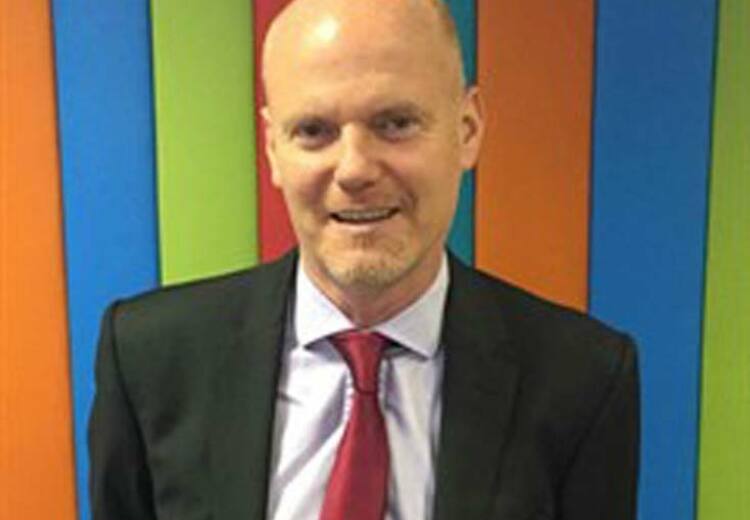Santon based inventor, entrepreneur, philanthropist, horologist, pilot, mountaineer, Yachtmaster and photographer, Dr John C Taylor, OBE, has been awarded a prestigious Fellowship of the Royal Engineering Academy for his outstanding contributions to the advancement of British engineering, innovation and commerce.
HRH Prince Philip presented the Fellowship at the historic Draper’s Hall in the City of London in October on an occasion that marks another milestone in a memorable year for Dr Taylor, who was also appointed Officer of the Order of the British Empire in the 2011 New Year Honours at Windsor Castle by HM The Queen for services to business and horology.
The Fellowship represents the zenith of an illustrious career for the ‘retired’ inventor and will secure his place amongst the most esteemed figures in modern British engineering history, including Sir James Dyson, Sir Alan Muir Wood, who was instrumental in the development of the Channel Tunnel and Francis Thomas Bacon, inventor of the first practical hydrogen-oxygen fuel cell.
Founded in 1976, the Royal Academy’s honorary fellowship programme is designed to advance and promote excellence in fields of British engineering ranging from aeronautics and civil-engineering to Nano-technology. As such, a Fellowship represents the pinnacle of achievement. The Royal Academy of Engineering provides an invaluable means of encouraging aspiring engineers and of improving public awareness and understanding of the importance of engineering in the modern era.
Dr Taylor commented on this achievement, stating: “I feel honoured to have been recognised in this way by such a venerable institution and proud to be numbered amongst such highly regarded peers.”
Educated at King William’s College and then at Corpus Christi College in the University of Cambridge where he read Natural Sciences, Dr Taylor began his career as a graduate trainee at his father, Eric Taylor’s company, Otter Controls Ltd in Buxton, Derbyshire. There Dr Taylor quickly demonstrated his remarkable gift for innovation and invention, focusing his talents on the development of thermostat technologies whereupon he furthered the invention of bi-metallic controls.
Dr. Taylor moved to the Island in 1977 to join Castletown Thermostats Ltd, leading them to independence as a Manx company and changing their name to Strix Ltd. The company quickly became a world-leading manufacturer of kettle controls with other factories established in Port Erin, Ramsey and Ronaldsway employing thousands of workers over the years. Strix kettle controls are now estimated to be used more than a billion times each day and by 20% of the world’s population. Hundreds of patents were also filed for Strix over the coming decades and yet to define the inventor on these achievements alone would be to overlook a lifetime of successes and interests possibly closer to his heart.
Already a keen amateur pilot but growing bored with commercial flights, Dr Taylor decided to fly himself to Japan to secure a ‘know how’ agreement. This created a fascination in long-range astro-navigation, culminating in him joining the Royal Yachting Association in order to study the theory and practical applications at sea and becoming a Yachtmaster ocean instructor.
All astro-navigation at sea requires knowing the time back home in Greenwich and this is achieved largely thanks to the eminent 18th Century English clockmaker, John Harrison, inventor of the first practical marine chronometer, the Grasshopper Escapement; an horological mechanism designed to reduce friction. Harrison also invented the first caged roller bearing – used in every bearing from cars to washing machines; and bi-metal - used by Dr Taylor for most of his inventions.
After his retirement from Strix in 1999, Dr Taylor was inspired to build upon Harrison’s work and make it accessible to the public at large and immediately set about engineering a mesmerising artistic and horological project. This million pound homage to Harrison’s work is a symbolically laden and perfectly finished mechanical timepiece but places the Grasshopper Escapement on the outside of the clock so that the operation of this usually hidden mechanism is featured as the Chronophage or ‘Time-Eater’, which gives the appearance of time being consumed in an ever changing and somewhat paradoxical cycle of inertia and relative perception.
The first artistic proof of the Chronophage clock concept was unveiled by Professor Steven Hawking in 2008 on the exterior of the Taylor Library of Corpus Christi College facing King’s College Chapel. The masterpiece is a fitting tribute to the enduring career of one of the island’s most extraordinary residents.
Ends
Thursday 5th, January 2012 10:20pm.







